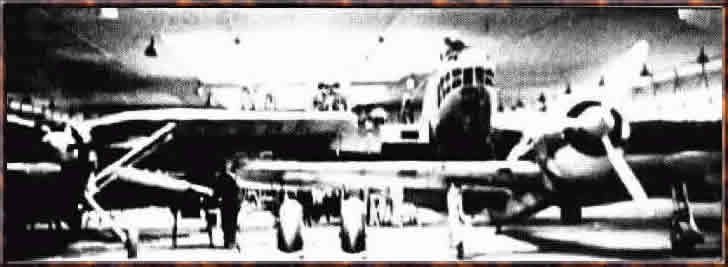The new company was created as an anonimous society,
with a start capital of some 120 million lei, provided by four main
parties : 18 million lei came from the state ( 12 million were represented
by the value of the terrain donated by the state, and 6 million lei
came in cash ), 22 million lei cash were supplied by a group of 5 Romanian
banks, 40 million lei by the ASTRA Society ( 4 million cash and 36 million
lei worth of equippment and tools handed over to the new factories )
and 40 million lei by the French Group ( made up of the Lorraine-Dietrich
and Spad-Bleriot companies ). After several delays and postponents,
the inauguration ceremony was held on the 11th of Octomber 1927, in
the presence of numerous members of the government. This date is considered
to be the birth date of the main aircraft producer in Romania, which
was, at that time one of the largest and most modern in Europe. On that
day, IAR works consisted of an engine factory, an fuselage factory and
several more auxiliary facilities. A government comission stated that
the plant could manufacture around 100 planes in its first of existence,
and close to 350 planes per year in the near future, particularly if
all planes would be built mainly from wood.
